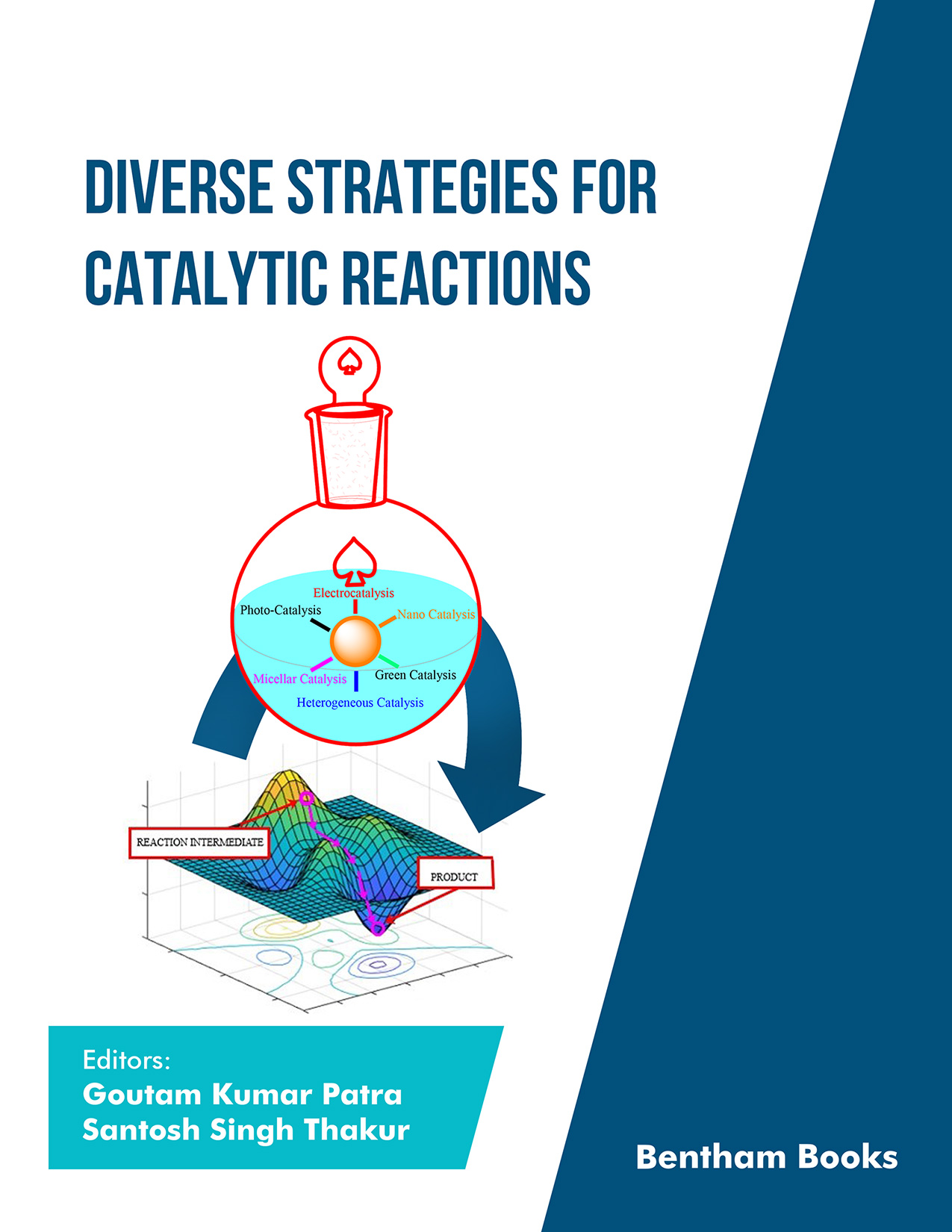Introduction
Diverse Strategies for Catalytic Reactions is a compelling exploration of catalysis, a cornerstone in chemical sciences that has propelled the evolution of chemical manufacturing at the industrial scale.
Highlighting the distinctive characteristics of catalysis, the book delves into pivotal topics and subfields. It underscores the revolutionary role catalysis plays in novel design, synthesis, and energy-efficient development, while minimizing side products, promoting atom economy, and embracing green chemistry principles. The comprehensive contents of this book include an array of chapters by experts, each addressing a specific catalytic approach, such as recent advances in electrocatalysis, nano-catalysis for selective oxidation, micellar catalysis, green catalysts, and more. Each of the 7 book chapters includes a summary and list of references for a broad range of readers. Readers will understand the range of chemical engineering strategies that are used to speed up reactions and synthesize molecules of interest. With its rich insights and practical applications, this book serves as an invaluable reference for graduate students, researchers, and professionals across academic and industrial domains.
Audience: Students, researchers, instructors and professionals across academic and industrial domains.

